November 2, 2017
Dear Senator Reed, Senator Whitehouse, Congressman Langevin and Congressman Cicilline:
We of Climate Action Rhode Island (CARI) are a large group of concerned citizens intent on helping our state and indeed, the world, to rapidly transition off of fossil fuels. Our concern is based on the need to maintain a livable climate for our children and for the health and vitality of the planet. Each one of you applauded our efforts at calling out the EPA’s gagging of scientists last week at our protest outside the State of Narragansett Bay event at Save the Bay.
Our present concern is the rebuilding of Puerto Rico and the Virgin Islands. Before Hurricane Maria, the Virgin Islands and Puerto Rico had the most expensive electricity in the United States due to the fact that they burned imported oil. Our interest is that these territories should rebuild with 100% renewable energy for the sake of the climate, for the islands’ own resiliency and for reduced costs to the citizens.
It has come to our attention that this will not happen, not because they are not in prime locations for solar and wind, but because federal funds from FEMA to repair storm damage, including energy, can only be used to replace what was destroyed. This precludes building something better, more sustainable and more sensible!
A few quick facts from the EIA:
- Petroleum products fuel transportation, electricity generation, and industry in Puerto Rico, supplying three-fourths of the energy consumed in the commonwealth.
- In 2016, 47% of Puerto Rico’s electricity came from petroleum, 34% from natural gas, 17% from coal, and 2% from renewable energy.
- Two wind farms supplied nearly half of Puerto Rico’s renewable generation in 2016; one of them, the 95-megawatt Santa Isabel facility, is the largest wind farm in the Caribbean.
- As of June 2017, Puerto Rico had 127 megawatts of utility-scale solar photovoltaic generating capacity and 88 megawatts of distributed (customer-sited, small-scale) capacity. In the first six months of 2017, more renewable electricity came from solar energy than any other source.
- Electricity fuel surcharges have decreased with world crude oil prices, but, in mid-2017, Puerto Rico’s retail consumers still paid more for their power than consumers in any state except Hawaii.
- The U.S. Virgin Islands Water and Power Authority is converting its electric generating stations to use propane as well as residual and diesel fuel oils and aims to cut its imported fuel costs by 30%
- As of February 2017, the average price of electricity paid by U.S. Virgin Island consumers exceeds 32 cents per kilowatt-hour, about three times the average in the 50 states.
- The U.S. Virgin Islands allows net metering of small distributed resources, and 15 megawatts of distributed solar capacity, the maximum allowed under a cap to ensure grid stability have been installed.
- The U.S. Virgin Islands has two commercial-scale solar projects, each more than 4 megawatts. More utility-scale projects are in development.
- As the U.S. pilot project for the EDIN (International Energy Development in Island Nations program, the U.S. Virgin Islands pledged to cut petroleum use 60% between 2008 and 2025, using efficiency and renewable energy.
We of CARI are calling on you, the Congressional delegation of Rhode Island, to demand that the restrictive and short-sighted FEMA directives be suspended immediately in the rebuilding of the Virgin Islands and Puerto Rico. These regulations are draconian in light of the climate catastrophe we are facing. The island nations are in an ideal position to become energy sustainable in their reconstruction process. Thank you for your help in this grave concern.
Sincerely,
Mary Pendergast for the members of Climate Action RI • 350 RI
